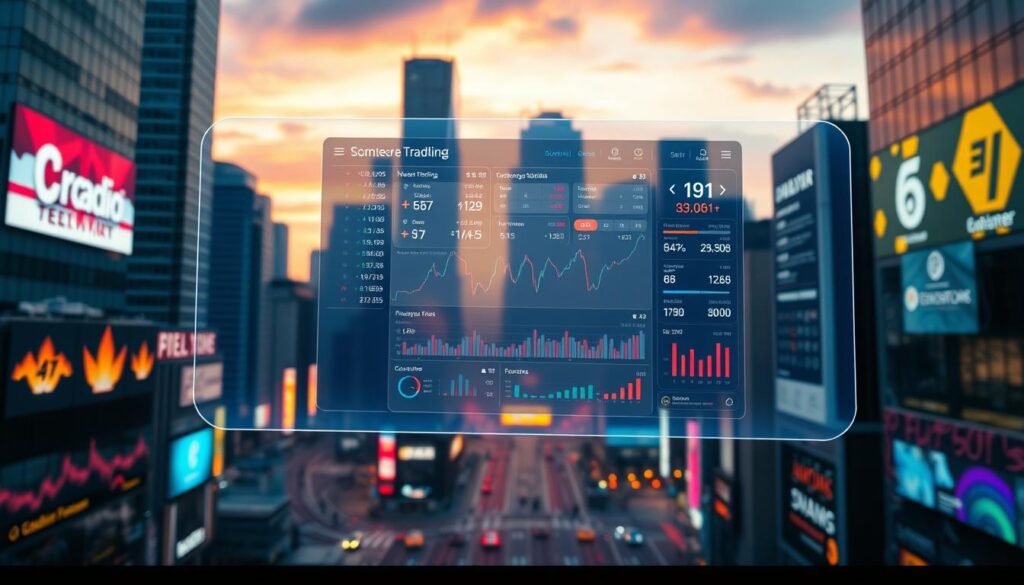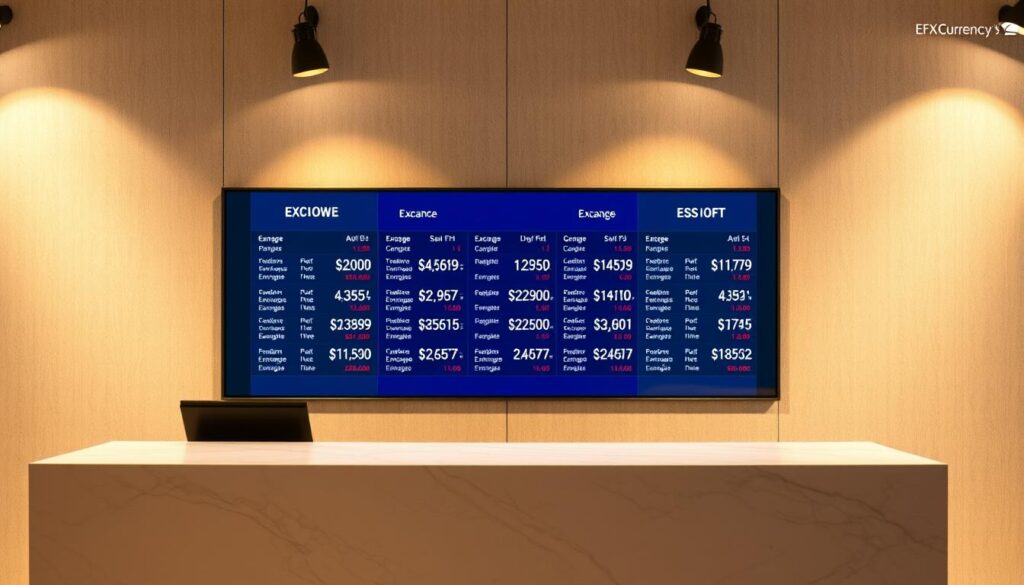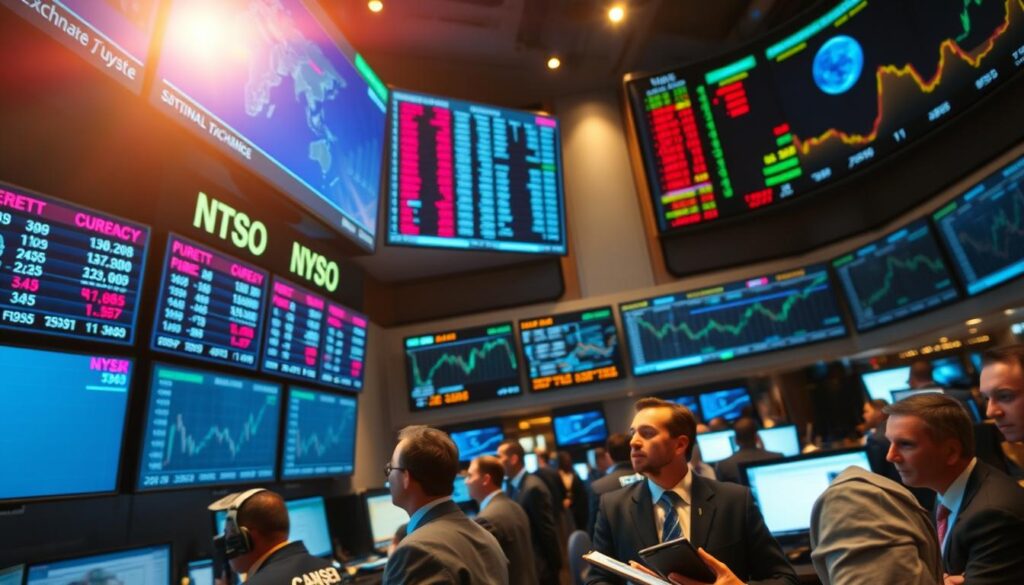The global currency landscape offers immense opportunities, with over $7.5 trillion traded daily. This massive scale creates possibilities for both individual and institutional participants. Choosing the right partner to access this dynamic environment remains critical for success.
Regulation plays a vital role in safeguarding investments. Trusted platforms adhere to strict guidelines, ensuring client funds stay protected through segregated accounts. Independent reviews from industry leaders like ForexBrokers.com provide actionable insights, backed by eight years of data analysis.
The U.S. Dollar dominates transactions, appearing in 88% of trades worldwide. This highlights the need for platforms offering competitive pricing and reliable execution. Traders benefit from transparent fee structures and tools that manage volatility effectively.
This guide explores essential criteria for evaluating service providers. From regulatory compliance to platform features, every detail matters. Readers will learn how to prioritize security, liquidity, and educational resources when making decisions.
Introduction to the Foreign Exchange Market
Currency trading forms the backbone of international finance, connecting buyers and sellers across continents. This decentralized network operates 24 hours daily across major financial hubs, creating continuous opportunities. Daily volumes surpassed $7.5 trillion in 2022, showing steady growth from previous years.
Market Overview and Global Reach
Three key cities dominate activity: London, New York, and Tokyo. These hubs handle over 68% of global transactions. Singapore and Hong Kong complete the top five, ensuring seamless operations as one region closes and another opens.
The Role of Currency Pairs
Every transaction involves two currencies quoted as a pair. The first listed is the base currency, while the second is the quote currency. Major pairs like EUR/USD account for 75% of trades, reflecting strong economic ties between regions.
Exotic pairs combine major currencies with emerging-market ones. These offer higher volatility but require careful risk management. Liquidity flows from banks and institutions enable smooth execution for all participants.
Understanding Foreign Exchange Trading Basics

Navigating currency markets requires grasping core principles that drive price movements. At its core, this activity involves exchanging one monetary unit for another at predetermined rates. Participants speculate on value shifts between paired assets, aiming to profit from fluctuations.
Trade sizes matter significantly in risk management. Three common lot types exist:
- Standard lots: 100,000 units of the first currency in a pair
- Mini lots: 10,000 units for smaller positions
- Micro lots: 1,000 units ideal for beginners
Price differences between buy and sell offers form spreads. These gaps, measured in pips, represent transaction costs. Major pairs typically move in 0.0001 increments, equivalent to one pip. Brokers often build fees into these spreads rather than charging separate commissions.
Leverage allows controlling larger positions with limited capital. While amplifying potential gains, it equally magnifies risks. Margin requirements dictate how much funds traders must hold to maintain open positions.
Global trading sessions create varying volatility patterns. The London session overlaps with Asian and North American hours, producing heightened activity. Savvy participants align strategies with these liquidity windows for optimal execution.
What to Look For in “foreign exchange market brokers”

Selecting a trustworthy partner requires careful evaluation of operational standards and service quality. Savvy traders prioritize two core aspects: regulatory compliance and technological capabilities.
Essential Credentials and Regulation
Legitimate operators must meet strict requirements. U.S.-based providers need CFTC registration and NFA oversight, ensuring $20 million minimum capital reserves. Top-tier jurisdictions like the UK FCA mandate segregated client accounts and negative balance protection.
Three signs of reliable financial services:
- Transparent license numbers on official websites
- Membership in compensation schemes
- Regular third-party audits
Trading Platforms and Product Offerings
Advanced tools separate premium providers from basic services. MetaTrader 4 remains the industry standard, while cTrader appeals to algorithmic traders. Proprietary platforms should offer real-time charting and risk management features.
Diverse portfolios matter. Look for:
- 60+ currency pairs including minors/exotics
- Leverage options matching risk tolerance
- Access to commodities and indices
Educational resources and responsive support demonstrate a broker’s commitment to client success. Test platforms through demo accounts before committing funds.
Regulatory Environment: CFTC, NFA, and UK FCA Guidelines

Strong oversight shapes safe trading environments. Two organizations lead U.S. regulation: the Commodity Futures Trading Commission (CFTC) and National Futures Association (NFA). Established in 1974, the CFTC monitors commodity futures trading and currency markets. Its rules prevent fraud while promoting fair competition.
Role of U.S. and UK Regulatory Bodies
The NFA operates as a self-regulatory group since 1982. It enforces strict standards for firms handling client accounts. U.S.-based platforms must maintain $20 million in capital to protect against market shocks. Across the Atlantic, the UK FCA mandates segregated funds and negative balance protection.
Investor Protection and Segregated Funds
Client money stays separate from company assets under Tier-1 regulations. This prevents misuse during financial crises. Compensation schemes in the UK cover losses up to £85,000 if firms collapse.
Three safeguards define modern trading security:
- Real-time transaction monitoring by regulators
- Regular third-party financial audits
- Public access to license verification databases
These measures create trust in global markets. Traders gain peace of mind knowing multiple layers of protection exist.
Top Broker Reviews and Product Roundup Criteria
Choosing the right partner involves analyzing thousands of performance metrics across multiple categories. ForexBrokers.com evaluates platforms using 156 distinct criteria, from regulatory compliance to order execution speeds. Annual research analyzes over 10,000 data points, ensuring rankings reflect real-world performance rather than marketing claims.
Regulatory standing forms the foundation of all assessments. Providers must hold valid licenses with the National Futures Association and maintain clean disciplinary records. Financial stability checks verify capital reserves, while segregated fund policies protect client assets.
Platform testing occurs across desktop, mobile, and web interfaces. Teams measure execution speeds during volatile periods and assess tool reliability. Product diversity matters—top services offer 80+ currency pairs alongside commodities and indices.
Fee structures undergo meticulous comparison. Analysts calculate costs for 500+ trades annually, tracking spreads, commissions, and overnight charges. Transparent pricing separates premium platforms from those with hidden fees.
Educational resources and customer support receive equal scrutiny. The best providers deliver live webinars, personalized coaching, and 24/7 multilingual assistance. Interactive Brokers and OANDA excel here, offering advanced charting tools and market analysis.
In 2025, tastyfx leads U.S. rankings due to its zero-commission structure and CFTC-compliant operations. Charles Schwab and FOREX.com follow closely, balancing robust security with competitive leverage options. These platforms prove reliable choices for both new and experienced traders.
Evaluating Trading Platforms and Tools
Success in dynamic markets hinges on selecting platforms that match trading lifestyles. Leading solutions like MetaTrader 4 and cTrader cater to different strategies, while TradingView excels in social charting. Desktop environments provide advanced technical indicators and multi-screen setups for deep analysis.
Optimizing Device-Specific Features
Desktop software supports complex algorithms and historical backtesting. tastyfx’s mobile app combines MT4 access with proprietary signals, enabling quick decisions. Real-time alerts and offline charts keep traders connected during commutes.
Mobile solutions prioritize speed over depth. One-click execution works well for volatile currency pairs, while simplified interfaces suit quick adjustments. Professionals often blend both formats—analyzing trends on workstations and managing positions via smartphones.
Free demo accounts help test platform responsiveness. Look for consistent execution during high-volume periods. The best tools adapt to your routine, whether day trading EUR/USD or monitoring exotic assets.



